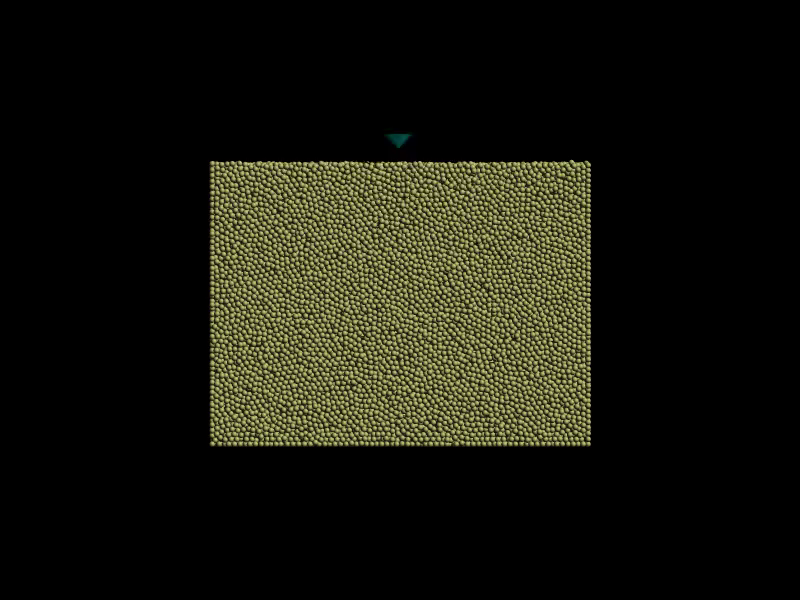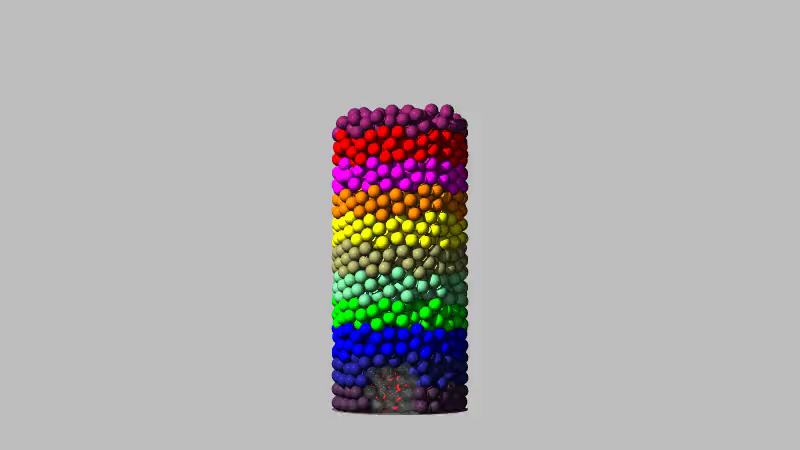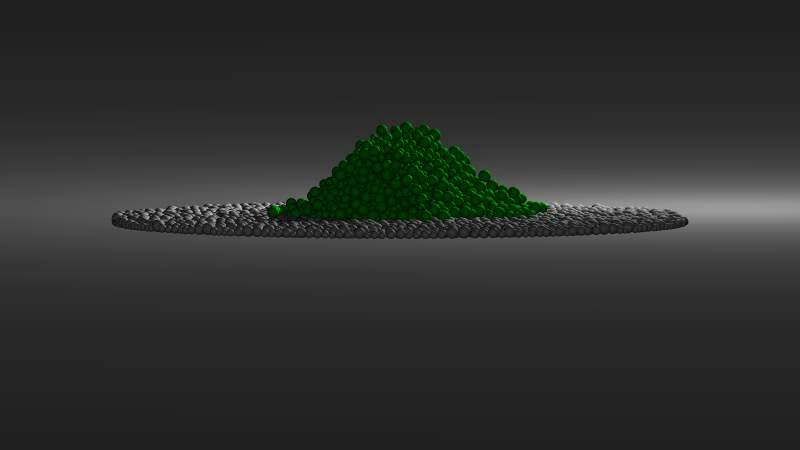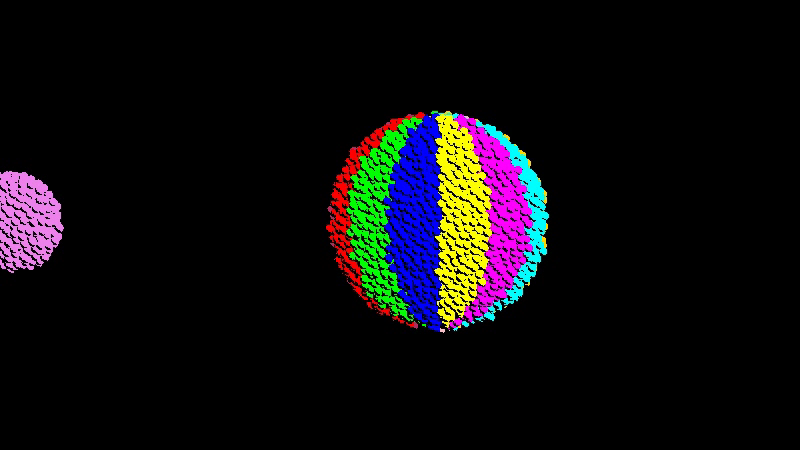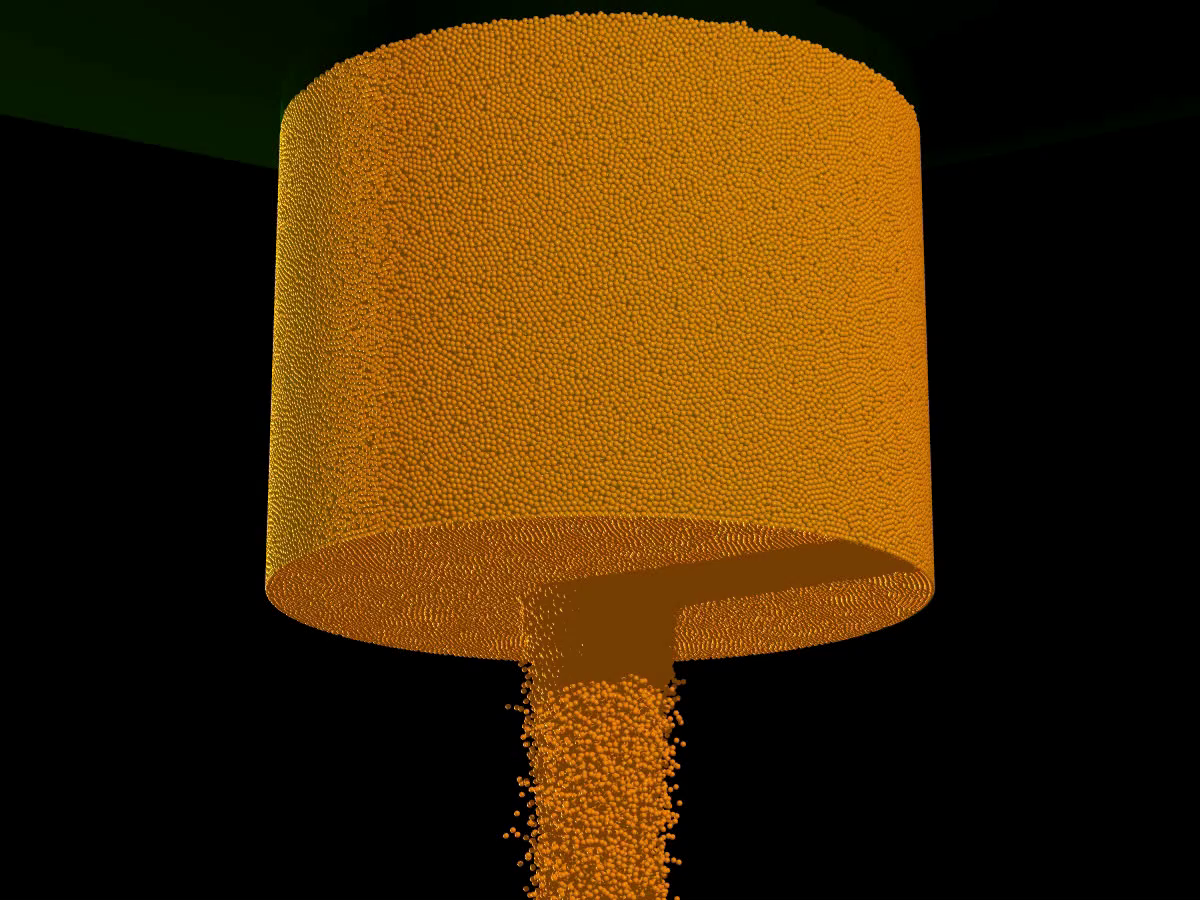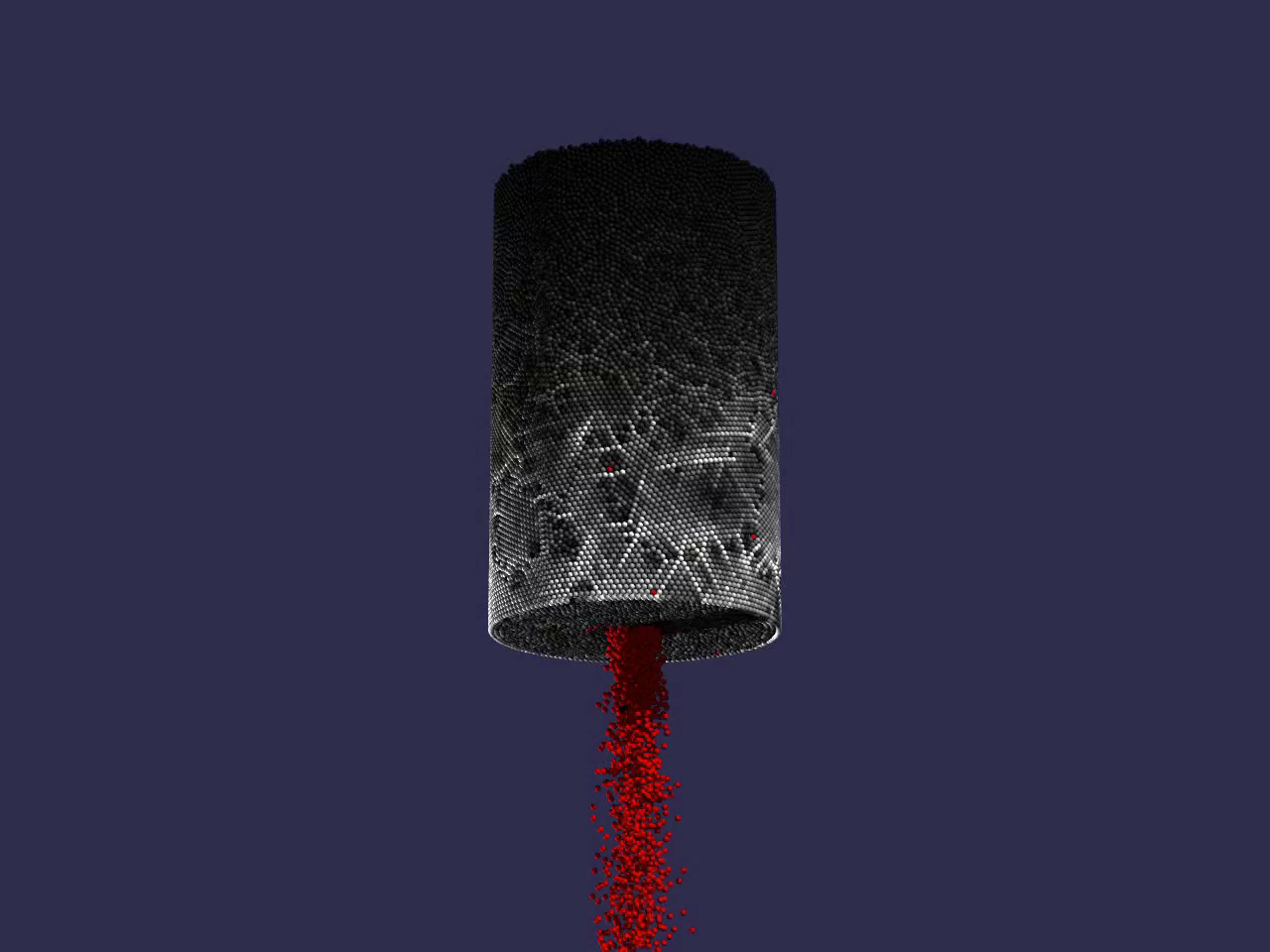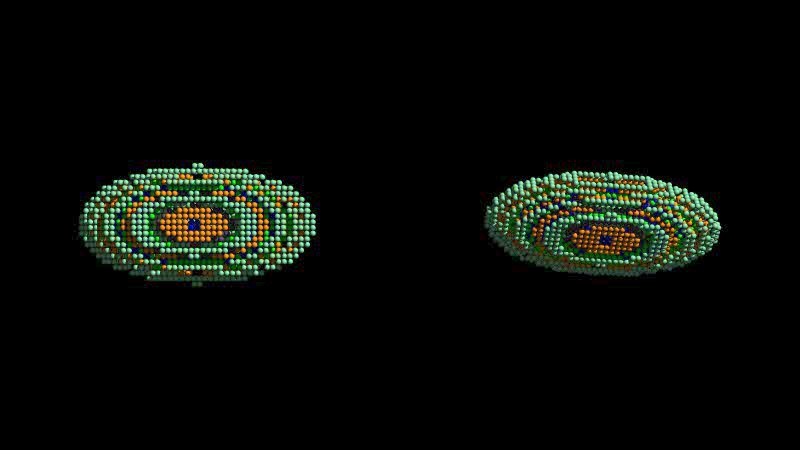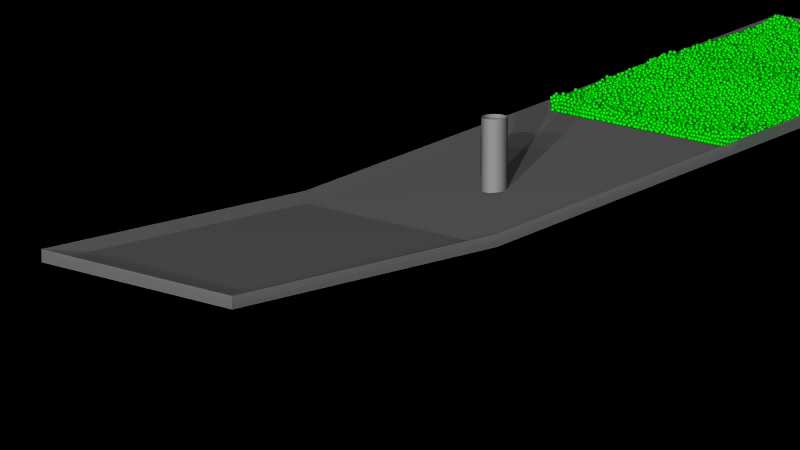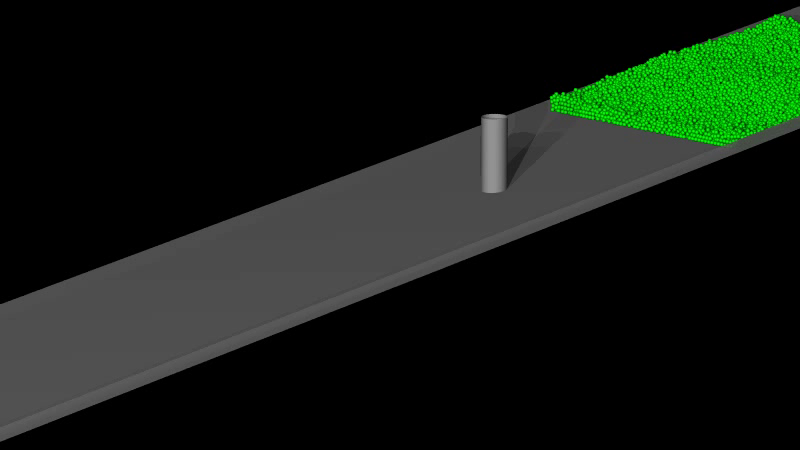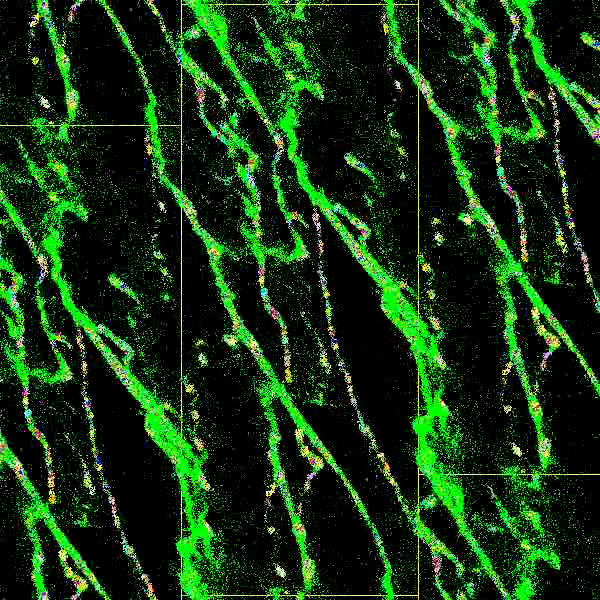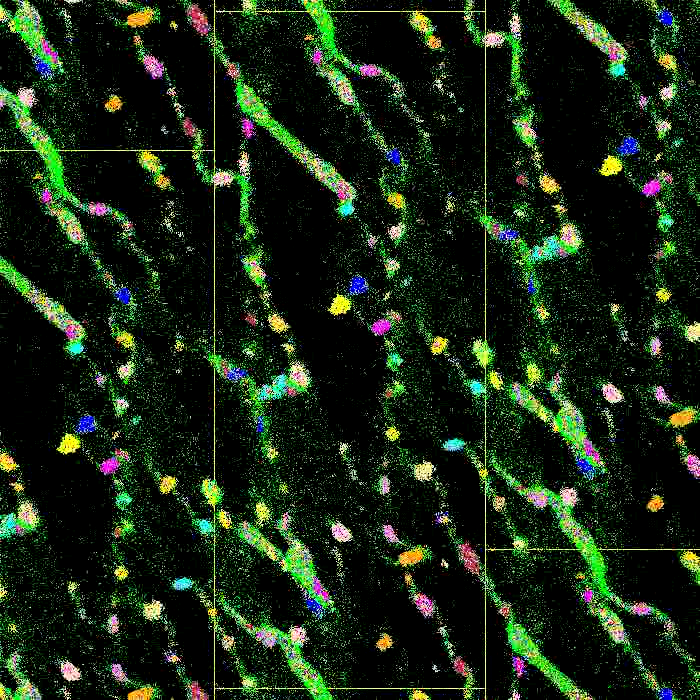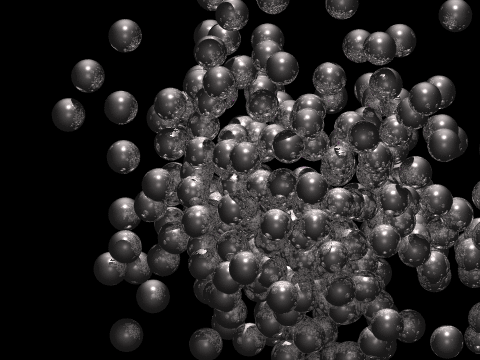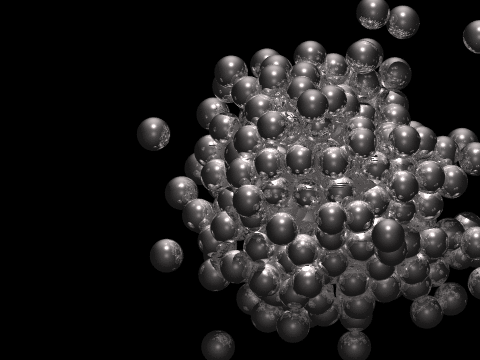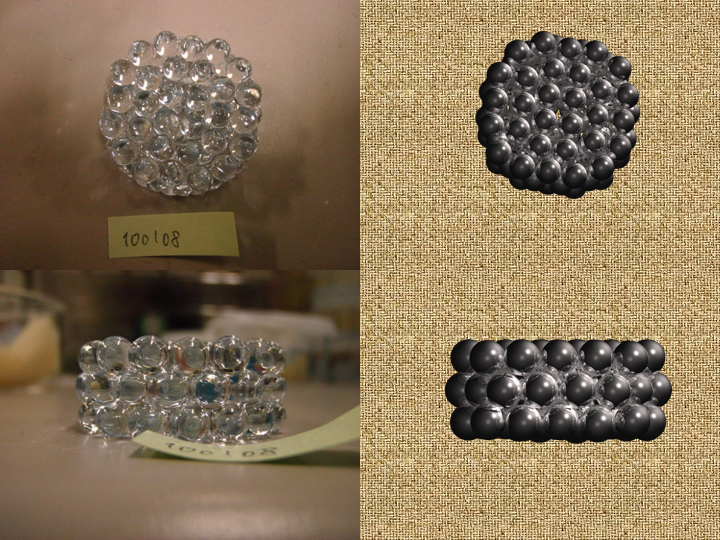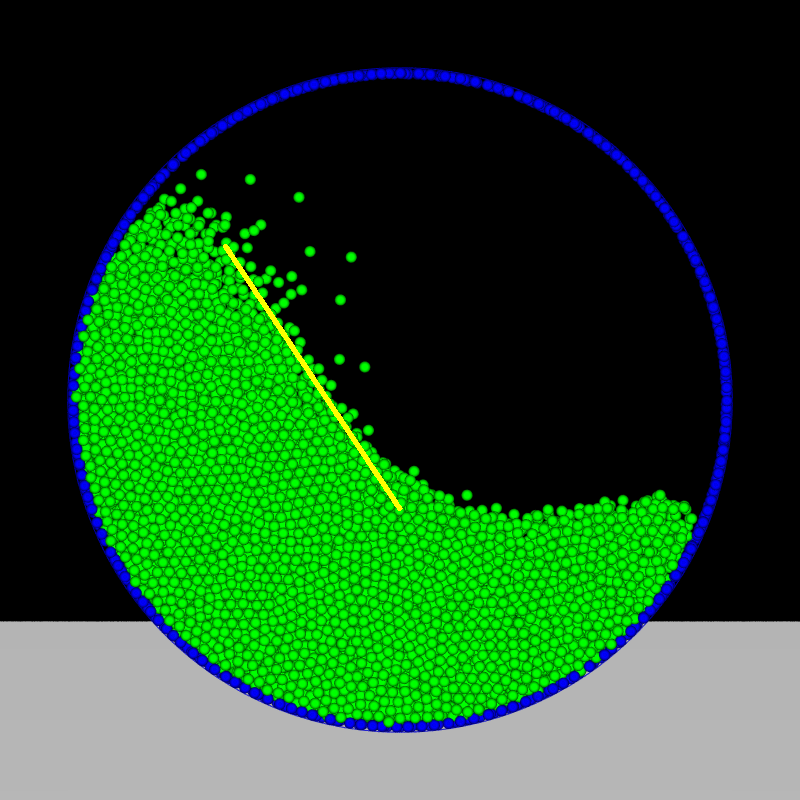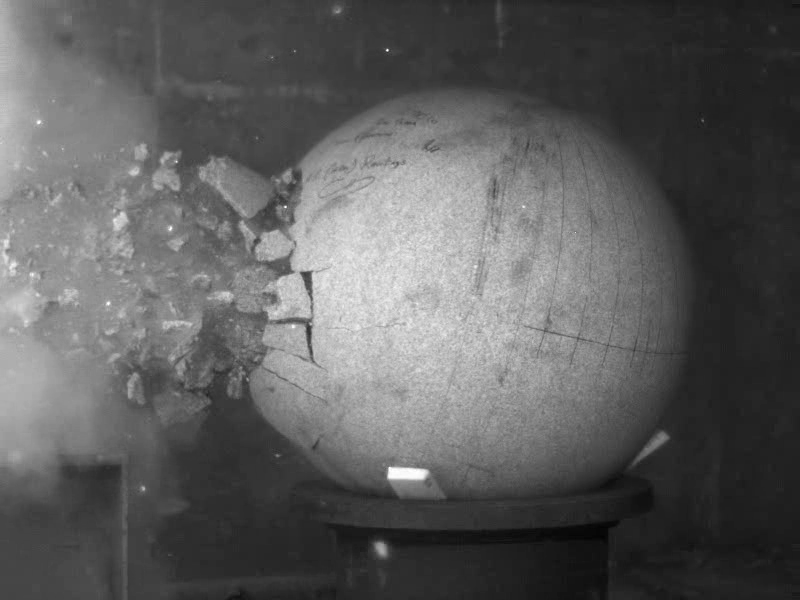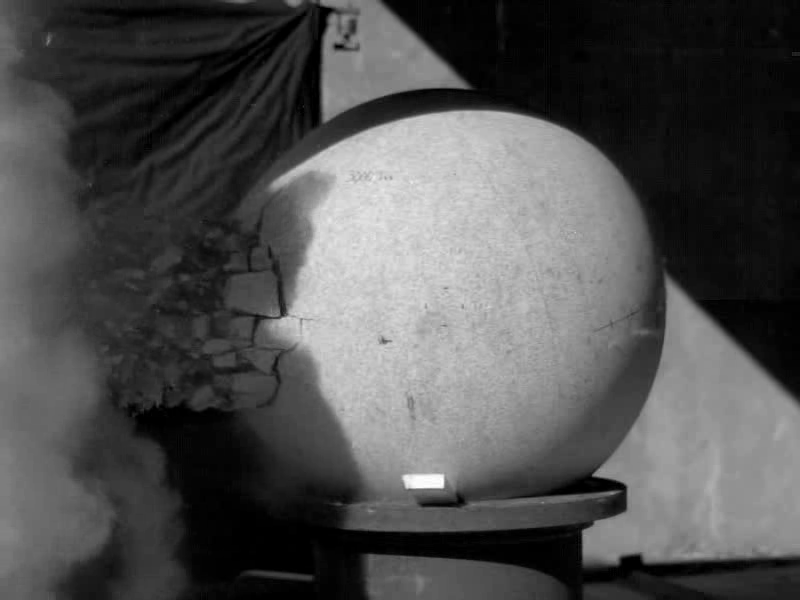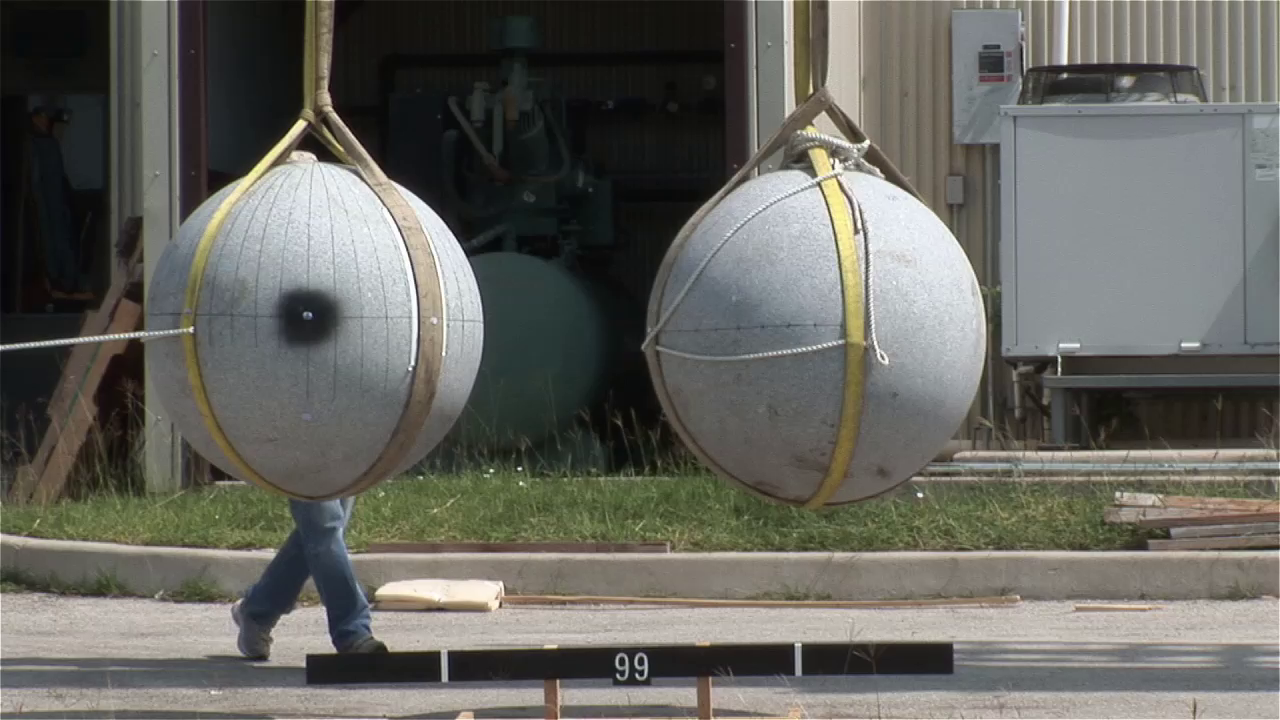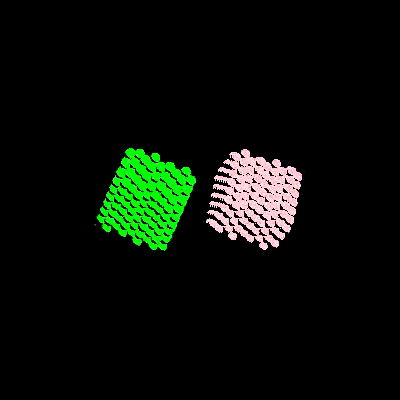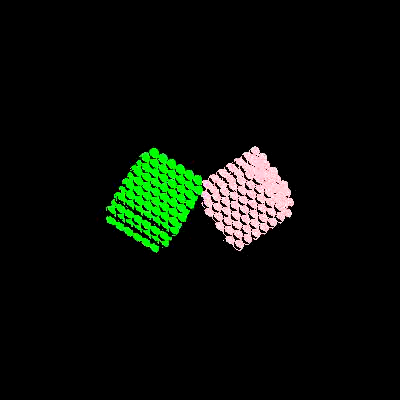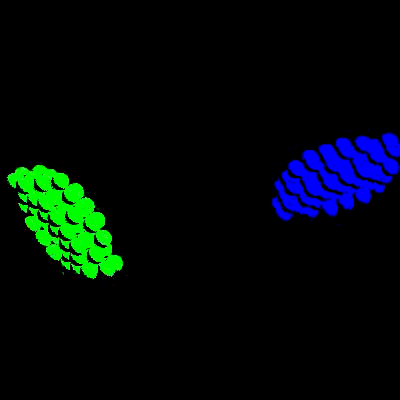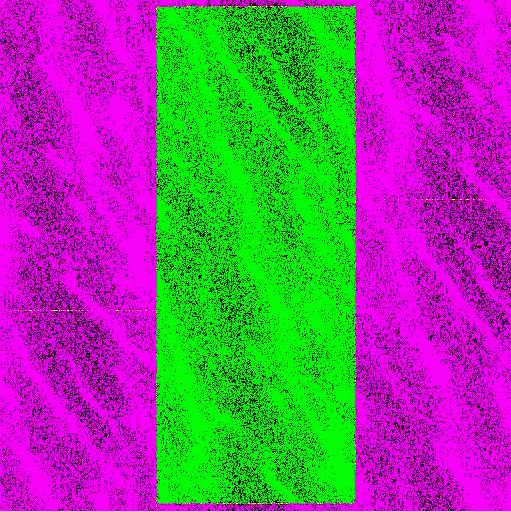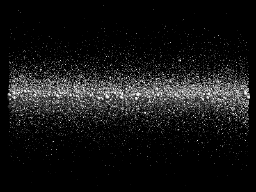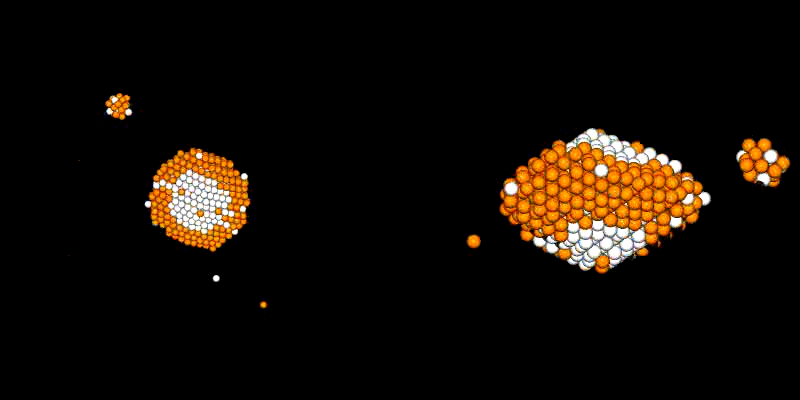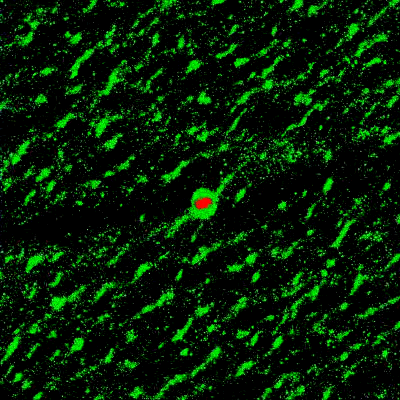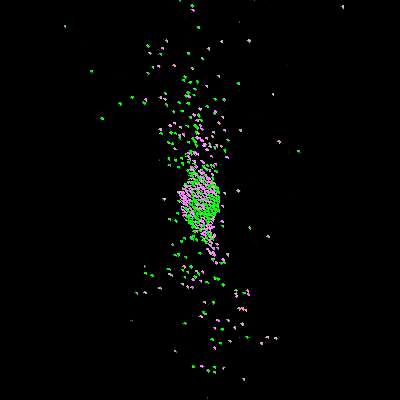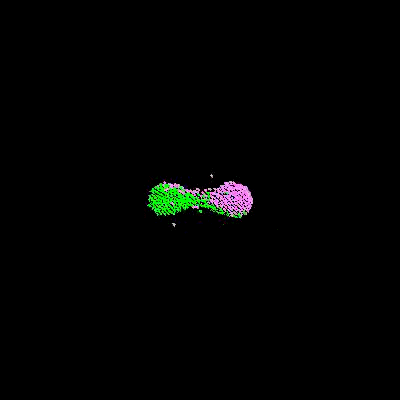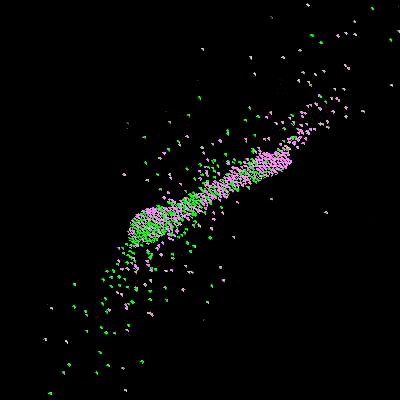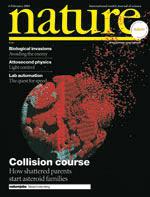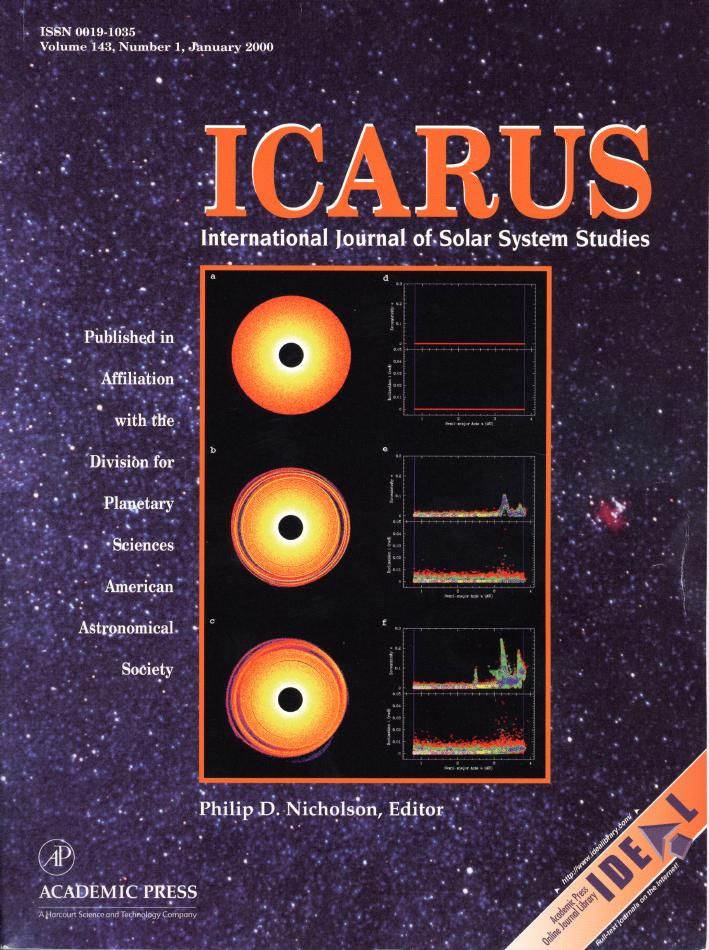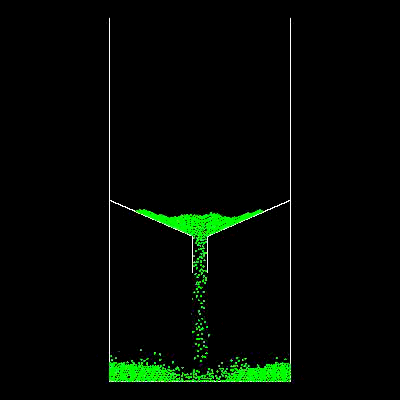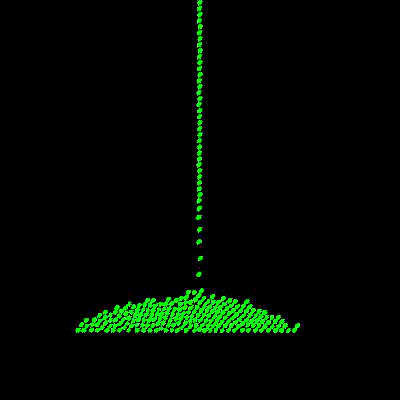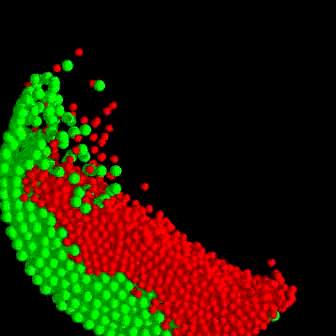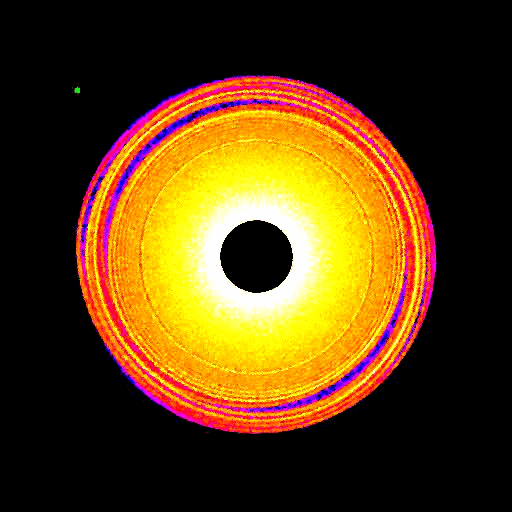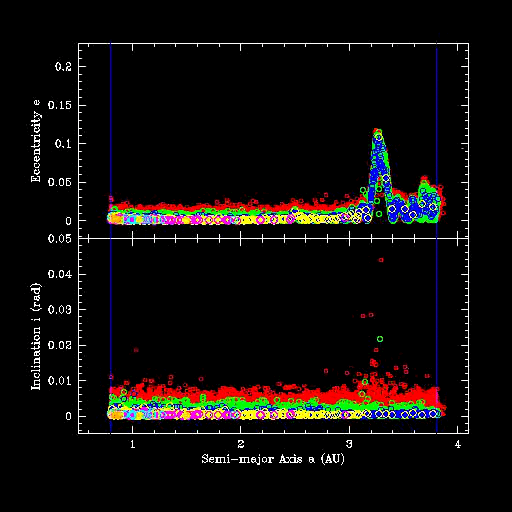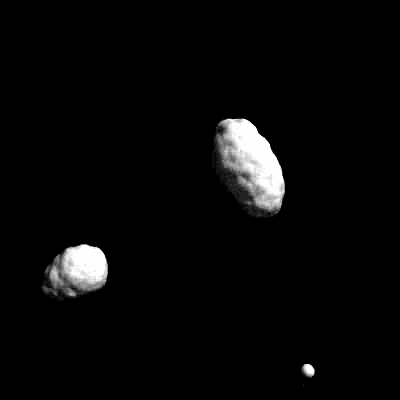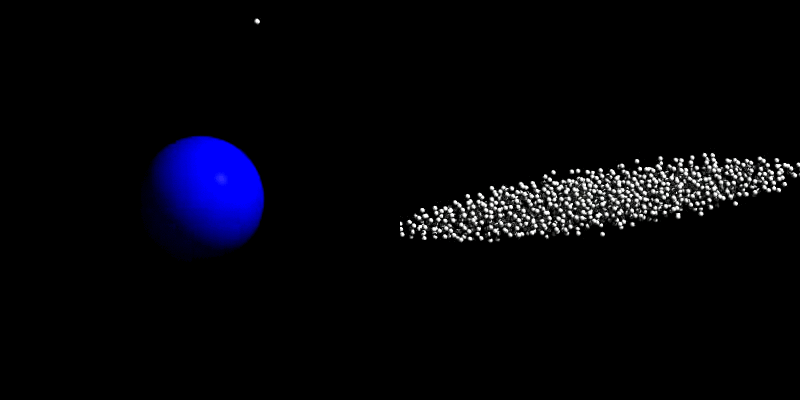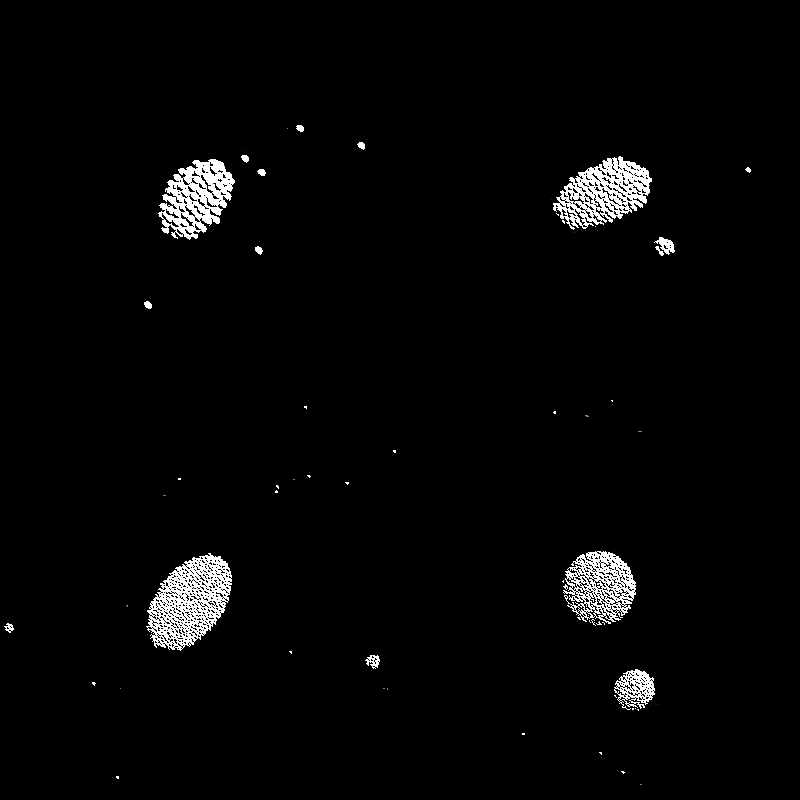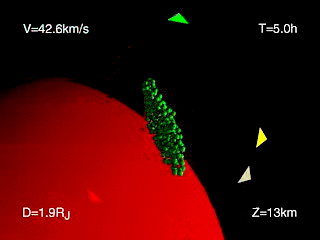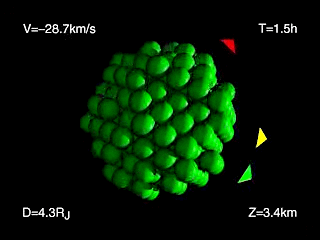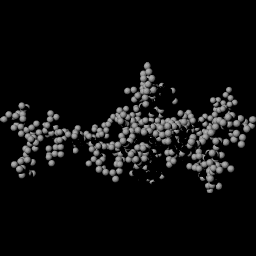| Granular Dynamics Update | March 10, 2014 |
We have a number of ongoing projects at various stages of publication using the new granular dynamics code. Dr. Steve Schwartz (Nice Observatory) is carrying out granular impact simulations in support of the Hayabusa-2 mission. Dr. Soko Matsumura (University of Dundee) is studying the Brazil-nut effect in granular materials with application to seismic shaking on asteroids. Graduate student Yang Yu (Tsingua University) is simulating the 2029 encounter of Apophis with Earth to determine whether gravity tides could disturb surface grains on the asteroid. And Maryland graduate student Ron Ballouz is investigating the effect of pre-impact spin and different material properties on rubble pile collision outcome, as well as carrying out simulations of the OSIRIS-REx regolith sampling mechanism. All of these projects are also in collaboration with Dr. Patrick Michel (Nice Observatory). Movie clips illustrating some of this work are presented below, followed by a list of related publications in progress.
|
|
|
|
|
|
Related papers (alphabetical by first author):
- Ballouz, R.-L., Richardson, D.C., Michel, P., Schwartz, S.R. 2014. Rotation-dependent catastrophic disruption of gravitational aggregates. ApJ 789:158
- Ballouz, R.-L., Richardson, D.C., Michel, P., Schwartz, S.R., Yu, Y. 2014. The effects of shear strength on the catastrophic disruption of gravitational aggregates. P&SS, in press (preprint)
- Matsumura, S., Richardson, D.C., Michel, P., Schwartz, S.R., Ballouz, R.-L. 2014. The Brazil nut effect and its application to asteroids. MNRAS 443, 3368-3380
- Schwartz, S.R., Michel, P., Richardson, D.C., Yano, H. 2014. Low-speed impact simulations into regolith in support of asteroid sampling mechanism design: I. Comparison with 1-g experiments. P&SS, in press (preprint)
- Yu, Y., Richardson, D.C., Michel, P., Schwartz, S.R., Ballouz, R.-L. 2014. Numerical predictions of surface effects during the 2029 close approach of asteroid 99942 Apophis. Icarus 242, 82-96
